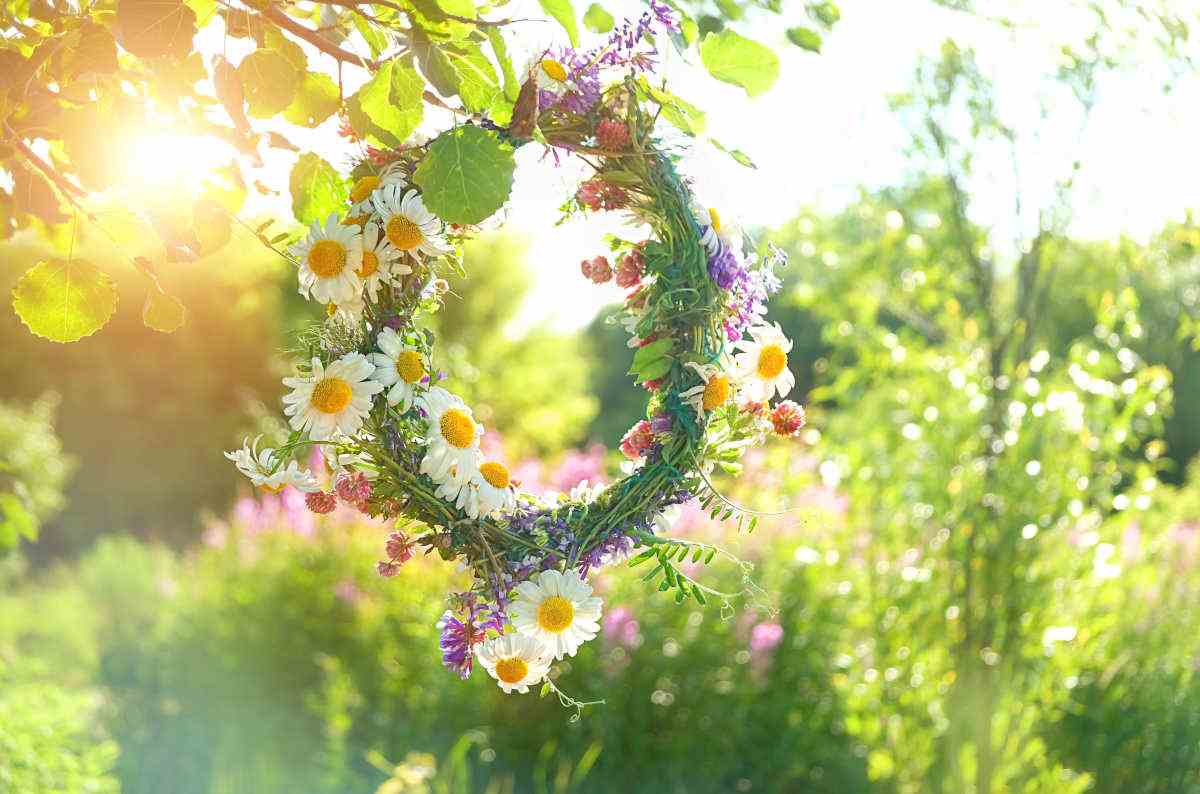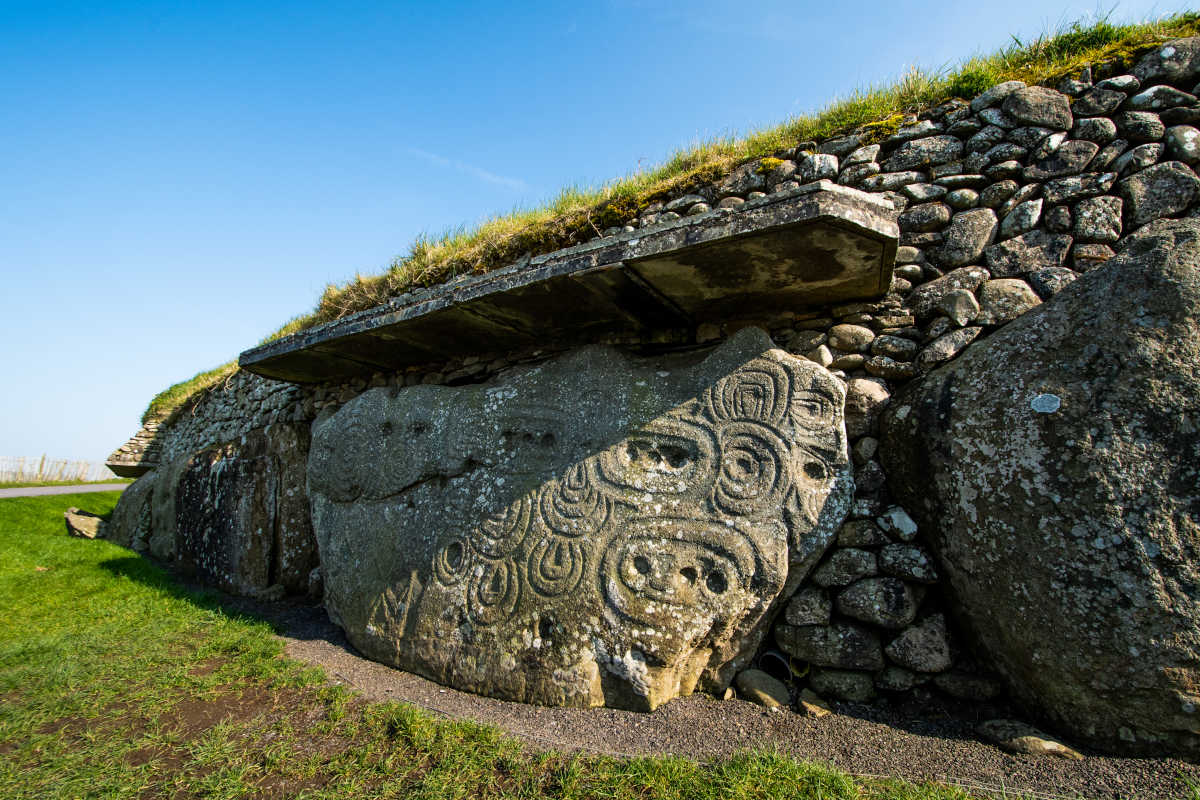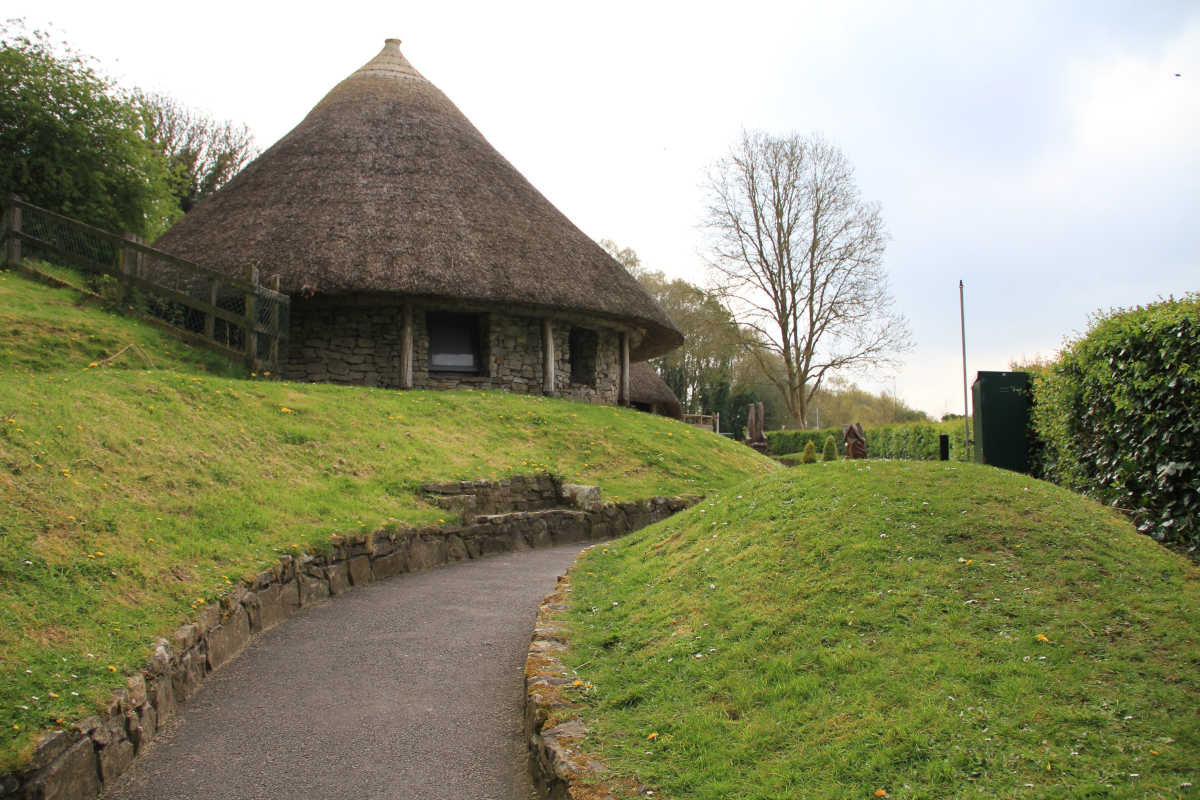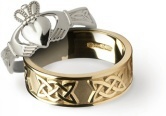Blog Categories
Blog CategoriesThe Start of Summer - How the Celts Celebrated

The Celts were not known to shy away from a celebration!
All tied to nature and the seasons, the Celtic year is dotted with eight festivals that each marked the progression of the year.
Celtic culture is associated with the ancient peoples who inhabited parts of Western Europe and were geographically the largest group of people to inhabit ancient Europe. The culture was characterised by its warrior aristocracy, tribalism and their very skilled craftsmen who were known best for their elaborate art. This art included famous metalwork and often stylised forms like the various Celtic knots.

The Celts were a collection of distinct tribes and communities who shared similar cultural and linguistic characteristics and these moments were a time of collective celebration and joy.
Samhain (around our modern Halloween and translating as 'end of summer') was followed by the Winter Solstice, Imbolc (Saint Brigid's Day), Spring Equinox and then moved in to Bealtaine (May and the beginning of summer) and then the big celebrations of Summer Solstice, Lughnasa (harvest) before the light started fading again and it was time for Autumn Equinox.
As the planet moved around the sun, Mother Nature was always at the forefront and the Celts had an awareness and a closeness to the land, understanding the interconnection, seasons and cycles of birth, death and rebirth in nature. They honoured each point with ceremony and ritual.
So how did the Celts celebrate summer?
Starting with the summer solstice - June 21st, the arrival of brightness was said to banish evil spirits. The warmth of the sun was said to chase away darkness and open up the path for wealth and abundance. Harvest and fertility were celebrated with the lighting of bonfires and jumping through rings of fire which was said to be lucky. Feasting, as in all Celtic celebrations, was part of the occasion, along with lots of dancing.
'Sun standing still' is the translation of the word solstice or 'grianstad' in the Irish language. It was thought that this was an especially magical and mystical time with tales around the fire of the world turning upside down or the sun actually standing still. Directly opposite the winter solstice, the summer solstice is the very peak of the sun's highest climb into the maximum light. The Celts believed that this was a time to honour their Goddess, who went by many names depending on the region she lived in. In Ireland she was Etain.

Lough Gur in County Limerick which features stone circles, ring forts and megalithic tombs is one monument that frequently sees people return to it for the summer solstice. The front page of the local newspaper the Limerick Leader described the 'summer solstice sunrise' and an extraordinary scene as 'the famed beam of sunlight shone directly through an opening in the great stone circle of Lough Gur'.
Rituals, feasts, sun and fire - this famed festival is central to Irish Celtic tradition and will always remain a high point in the calendar.
